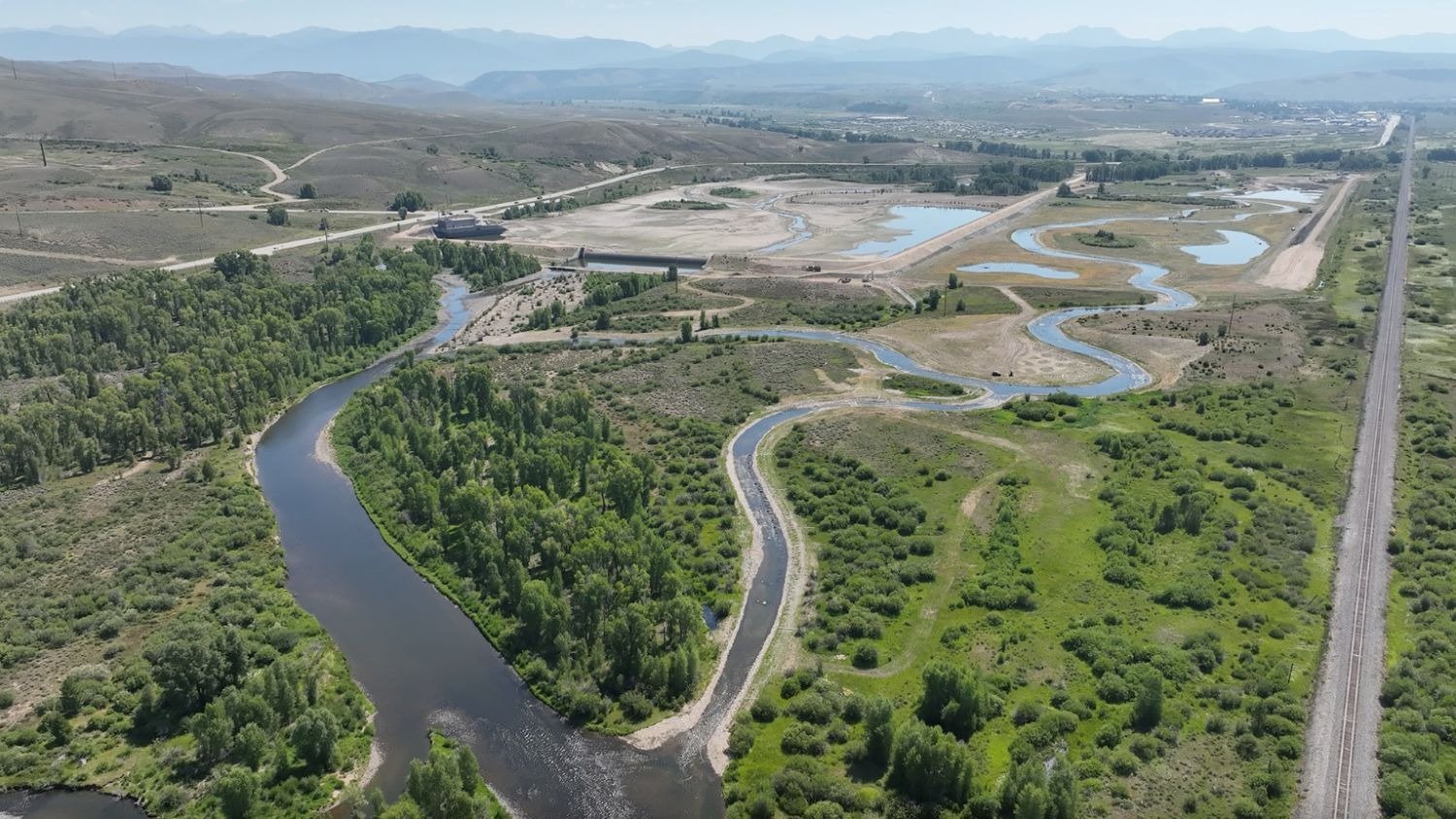Trout Unlimited honors Klancke's distinguished service
from the Winter Park Manifest
Kirk Klancke, a longtime Fraser Valley local and environmental advocate, received Trout Unlimited’s Distinguished Service Award for his dedication to protecting the Fraser River.
Klancke, who is a member of the Colorado River Headwater’s Chapter of Trout Unlimited (TU), received the award at TU’s annual meeting, held last month in Boise, Idaho. The award recognizes outstanding individual volunteer or professional contributions to TU and its mission of conserving, protecting and restoring North America’s coldwater fisheries and their watersheds.
Klancke, however, said the award isn’t about him. Instead, he hopes it draws more attention to the plight of the Valley’s natural environment — especially its rivers.
The Fraser River and the headwaters of the Colorado River are facing serious challenges, a recent TU newsletter says. Years of transmountain diversions to supply water to the Denver metropolitan area and northern Colorado have taken their toll on the rivers through low flows, increased temperature levels, algae and sedimentation — all of which are threats to the rivers’ gold medal fisheries and cutthroat trout populations.
Klancke hopes the award highlights the issues in the upper Colorado River that are threatening fisheries. More than half of the Fraser River is used for outdoor lawn irrigation on the Front Range, “and to grow Kentucky Bluegrass,” he said.
“It’s one of the most threatened coldwater fisheries,” he added. “ I see the state of Colorado destroying the natural environment to create an artificial environment on the East Slope.
“The state has to wake up.”
Scott Linn, president of the local TU chapter, pointed out that the Fraser River was nationally highlighted in 2005 by American Rivers as the third most endangered river of the United States — thanks to Klancke’s efforts.
“Kirk’s efforts have been instrumental in bringing local, regional and national awareness to the birthplace of the Colorado River,” Linn said.
Klancke also had good things to say about TU and its efforts. When he received the recognition award, he told the room of about 150 TU members that the organization is “the most active national environmental association in the Colorado headwaters.”
“We have a David and Goliath battle with the diverters and before (TU) came, we didn’t even have a slingshot,” he said.
Other accomplishments Linn added that Klancke is also a key promoter of “Fly Fishing with Ike,” a campaign that brings national awareness of the historical significance of the Fraser river, a favorite fishing spot of former President Dwight D. “Ike” Eisenhower.
This year, Klancke worked with the Fraser Valley Lions Club to raise more than $82,000 for a sculpture of the former president to be placed in Fraser, which will help further that connection, Linn said.
Klancke also helped start the Headwaters Outreach Initiative at the East Grand Middle School — a program that teaches children the aspects of a healthy watershed and human impacts.
Klancke is also the president of the East Grand Water Quality Board, a co-founder of the Friends of the Fraser, a board member of the Grand County Water Information Network, a board Member of the Quality/Quantity Committee of Northwest Council of Governments, a member of the Grand County Water Forum, and a Grand County representative in the Colorado River Headwaters Round Table (a group established by state law to make decisions about future water needs, including instream flow needs of the Colorado River Basin within Colorado).
He is also manager for the Winter Park Ranch Water and Sanitation District.









